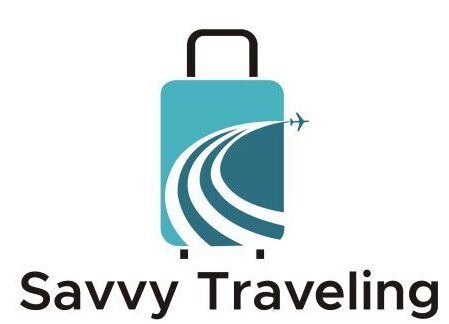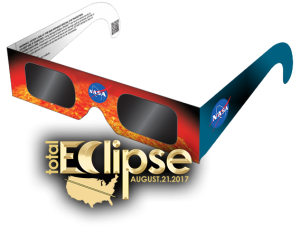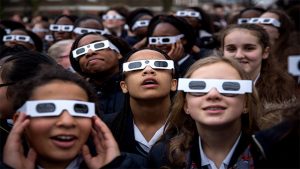
Total Solar Eclipse 2017: SAFETY FIRST
Do Not Look Directly at the Sun During a Solar Eclipse.
DO NOT USE THESE ITEMS FOR SAFE VIEWING:
- Don’t use sunglasses or eyeglasses of any kind.
- Do not look through unfiltered binoculars, telescopes, cameras or cellphones.
- Do not use a “Sun filter” that screws into a telescope eyepiece. At the eyepiece, sunlight is being focused and is very hot! These filters can and do fail catastrophically. Cracked open, your unprotected eye is now at the focus and will be damaged.
 DO NOT use smoked glass. Not dark enough!
DO NOT use smoked glass. Not dark enough!- DO NOT use camera filters such neutral density.
- DO NOT use black trash bags. Not dark enough!
- DO NOT use exposed film, regular or x-ray. Not dark enough! Do not make layers of this (even if you can find film).
- DO NOT use dark sunglasses! No matter how cool looking they are. Not several pairs at once. Not safety glasses.
In short, nothing that can be found around the house is good for direct viewing of the Sun.
See more safe viewing techniques at eclipse2017.nasa.gov/safety.
The first solar eclipse event I remember was as a 7th grader in Chicago. We kids were excited to experience this once-in-a-lifetime event. There would not be totality in our area, but we were anxious to see the moon come between us and the sun. We learned how to make a pinhole camera.
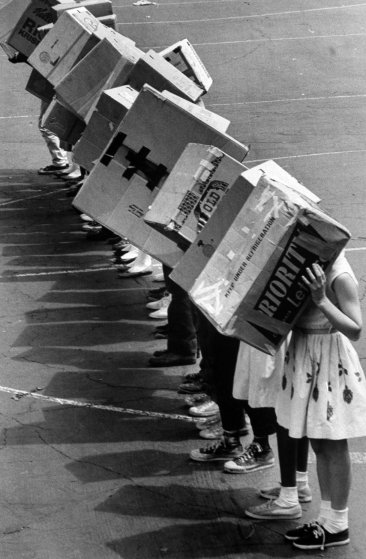
And we were warned, in no uncertain terms, not to look directly at the sun.
But, you know somebody had to test it. In this situation, the older brother of a friend of mine looked at the sun during the eclipse. We found out that he had been injured. I spoke to my friend years later. She said he wasn’t blinded, but he burned his cornea and was medically discharged from the army because of it.
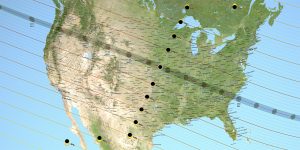
Solar Eclipse Eye Damage
So, while it may be tempting to brush off warnings about looking up at this eclipse with the naked eye, don’t: The light of an eclipse really can damage your eyes, with the possibility of blindness.
It causes a condition is called solar (or photic) retinopathy, and it occurs when bright light from the sun floods the retina on the back of the eyeball. The retina is home to the light-sensing cells that make vision possible. When they’re overstimulated by sunlight, they release a flood of communication chemicals that can damage the retina. This damage is often painless, so people don’t realize what they’re doing to their vision.
The only time you can safely look at the solar eclipse without a filter is the few minutes when the sun is fully hidden. That will probably be when you hear a bunch of people around you yell, “Totality!”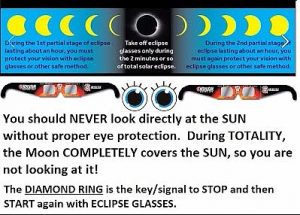
Where to get free solar eclipse glasses
This month, more than 2 million pairs of eclipse glasses at nearly 5,000 libraries all over the nation will be given away to ensure viewers enjoy the much-anticipated total solar eclipse safely.
The project, supported in part by Google, NASA, the Gordon and Betty Moore Foundation and National Science Foundation, falls under the National Center for Interactive Learning and its STAR Library Education Network (STAR_Net), which connects libraries with STEM programming and manages the library eclipse program.
American Astronomical Society and NASA-approved solar eclipse glasses and hand-held viewers as of August 14:
Other Retail Options
Some locations in the following retail chains sell ISO-compliant safe solar eclipse glasses and/or handheld viewers made by the companies listed at the top of this page, so you can confidently buy solar viewers if you find them in their stores — but not necessarily on their websites. Links are provided only to help you locate the store nearest you.
